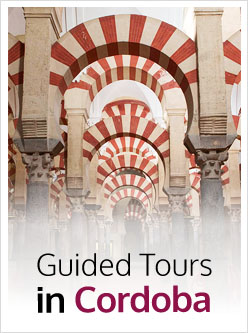Ermita del Socorro (Hermitage of Help)
Right after crossing the “Lower Arch” of Corredera Square, located in the east, we get to the entrance of the Ermita del Socorro (Hermitage of Help), located in the square with the same name. This closeness between such an impressive round arch and the façade of our chapel, makes it smaller to some extend, but it is in fact a beautiful complex.
The façade of the Hermitage of Socorro has an elegant and simple line. The entrance, with a round arch with marked keystone, is flanked by double pilasters supporting an entablature of triglyphs and plain metopes which are the base for a triangular parted pediment. The second section has a scheme over a pedestal similar to the first one, where we can highlight the sculpted stone image of the “Virgin of Help” located inside a shell-shaped alcove, under which we can read the inscription: “This work was finished with the honour and glory of Our Lord Jesus Christ and the always Virgin Saint Mary, His Blessed Mother…“.On the sides we can see two oculus which provide the temple with light, to which we have to add a third one, located inside the triangular pediment at the top of the ensemble, which curiously does not match with the mouling covering it on its higher vertix.
The Hermitage of Socorro was a hospital in the 15th century, and it was known back then under the name of Holy Trinity and Our Lady of Angels, whose façade curiously faced Corredera Square, unlike today, as it faces Socorro Square. From the plague epidemics that lashed the city in the middle of the 17th century, it changed its name to Hospital of the Corredera of Our Lady of Help. When the Chief Magistrate Francisco Ronquillo Briceño commissioned the reconstruction of Corredera Square in 1685, the building was adapted to the current chapel.
If we focus on the inside of the Hermitage of Socorro, we can see it is structured around a simple Latin cross floor, covered by a barrel vault with lunettes, with a transept covered by an oval vault over pendentives. The altarpiece at the front of the Main Altar was made at the beginning of the 18th century by Alonso Gómez Caballero, Zambrano’s disciple and Gómez de Sandoval’s uncle, without greater importance than the image at its front, the Virgin of Help (Virgen del Socorro), of unknown author and dated in the middle of the 17th century. It is undoubtedly one of the most traditional “brotherhoods of glory” that go on procession in the city.
In the arms of the transept, there are two small altars, the Altar of the Christ of Tribulations on the side of the Gospel, and the Altar of Blessed Souls on the side of the Epistle. In the former we can highlight the Christ of Tribulations, a crucified Christ made in polychrome wood, accompanied by two images representing Saint John and the Virgin of Pains, all of them anonymous from the 18th century. In the latter, we can mention canvases belonging to the school in Córdoba in the 18th century, such as “Ánimas en el Purgatorio” (Souls in Purgatory).
Finally, we should highlight two Baroque altars, the Altar of San Rafael, with a sculpture of the guardian archangel of the city at the front, by Alonso Gómez de Sandoval, and the Altar of San José, by Juan Morillo, who finished a project started by Teodosio Sánchez de Rueda.
If you wish to know the Hermitage of Socorro do not hesitate to hire one of our guided tours. We are experts in the interpretation of the historical heritage from Córdoba. If you have chosen to do sightseeing in Córdoba, choose a high quality option, choose ArtenCórdoba.
Text: J.A.S.C.


Elige el tour que más se ajuste a tus necesidades y reserva tu plaza en una de nuestras visitas guiadas regulares.
Las Visitas guiadas regulares son aquellas a las que puedes apuntarte de forma individual, se realizan regularmente y en un solo idioma, castellano o inglés
Visita Guiada Mezquita-Catedral de Córdoba
5 / 5
13€
Visita Guiada Mezquita de Córdoba y Judería
5 / 5
Desde
17€
Visita Guiada Córdoba a Fondo
5 / 5
Desde
40€
Visita Guiada Medina Azahara
5 / 5
Desde
18€

















